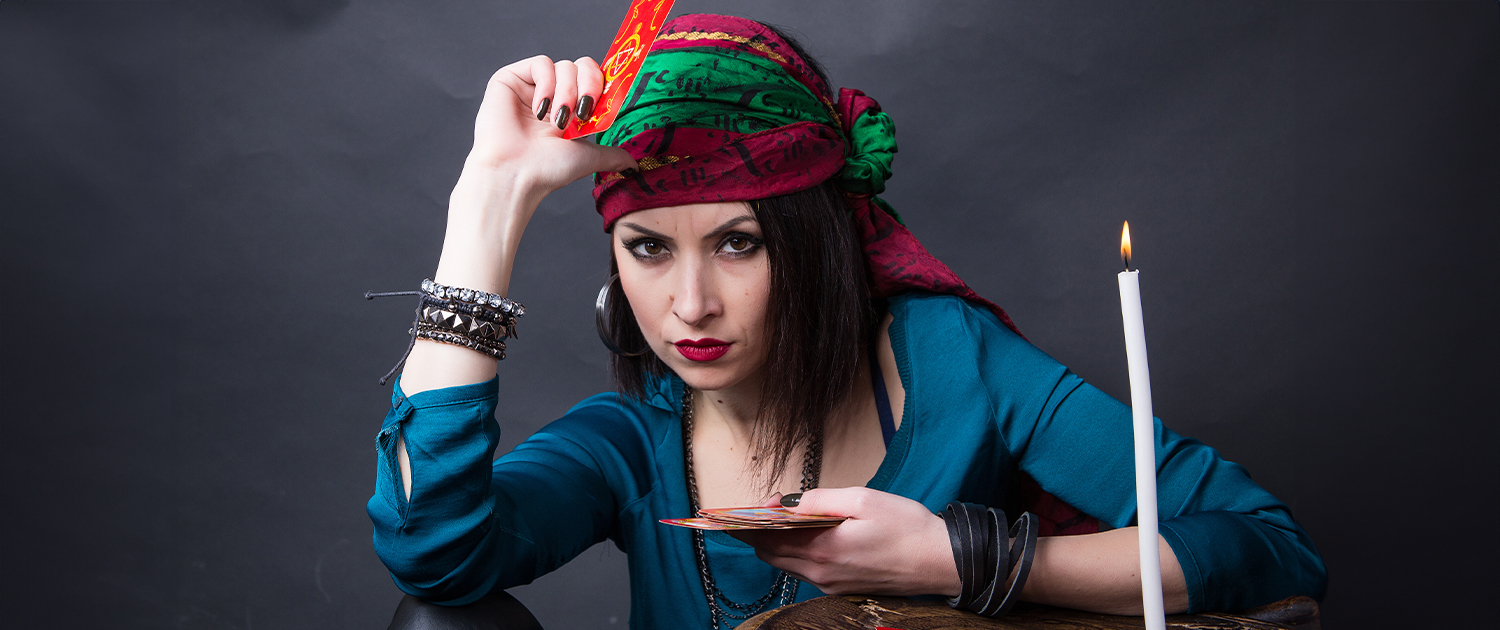The Devil Tarot card, a striking emblem of the darker facets of existence and psyche, often engenders feelings of trepidation and curiosity. Depicted through the figure of a horned demon, this card invites introspection, transforming an initially foreboding image into an opportunity for enlightenment and liberation. Understanding the intricate nuances of the Devil Tarot card reveals its multifaceted symbolism and invites a deeper contemplation of both personal and communal constraints.
At first glance, the appearance of the Devil card might suggest an ominous presence, leading to an immediate association with malevolence and moral degradation. However, this simplistic interpretation disregards the richness of its meaning. Within its confines lies a metaphorical representation of the duality of human existence—the eternal struggle between freedom and bondage, enlightenment and ignorance. It encapsulates the concept that sometimes our shackles are self-imposed, stemming from our desires, fears, and societal influences.
One of the primary interpretations of the Devil card pertains to the notion of addiction—be it to substances, behaviors, or even toxic relationships. It serves as a vivid reminder that indulgence can become a prison, with chains forged from our own decisions. This card beckons individuals to confront these dependencies honestly; it encourages candid self-examination and a reevaluation of choices. Yet, it also holds within it the potential for redemption. Recognizing one’s chains is the first step toward breaking free.
When the Devil card materializes in a reading, it may indicate that one is entwined in circumstances that obstruct personal growth. This card challenges those who encounter it to evaluate the limitations they accept—limitations that may not be dictated by external entities but are instead cultivated in the fertile soil of their own minds. It evokes the age-old wisdom that liberation begins with the acknowledgment of one’s own power to change.
Moreover, the Devil card also sheds light on the shadow self—the parts of our existence that we often shun or deny. The shadow carries our repressed impulses, desires, and fears, creating a dichotomy that can lead to inner turmoil. Through the figure of the Devil, Tarot invites us to confront these shadows, integrating them into our conscious experience. By embracing this darker aspect, we can reclaim lost parts of ourselves, leading to a more authentic and complete existence.
In addition to individual shadows, the Devil serves as a lens through which to view societal constructs. The card can symbolize the oppressive nature of societal norms and expectations, urging individuals to reflect on how these external pressures can confine personal expression. What societal “devils” restrain creativity, joy, and self-fulfillment? In this light, the Devil Tarot card emerges not merely as a harbinger of entrapment but as a beacon of awareness, illuminating paths toward liberation from collective beliefs that no longer serve—and perhaps never served—individual growth.
The theme of desire is intricately woven throughout the Devil’s tapestry. It is a card of materialism, signaling the temptations that arise from an unquenchable thirst for earthly pleasures. In romantic entanglements, the Devil’s influence may underscore passion that teeters on obsession or codependency. Such dynamics often cloud judgment, shrouding the truly constructive aspects of love with a veneer of possessiveness. The Devil encourages those involved to disentangle these feelings and to foster relationships rooted in empowerment rather than entrapment.
However, it is equally paramount to acknowledge that the presence of the Devil card does not inherently infer a dire prophecy. Instead, it calls for vigilance and honesty about the desires that govern our lives. This card can be substantially liberating by motivating individuals to confront the aspects of their life that demand transformation. The process, though potentially arduous, can lead to profound self-discovery and the reclamation of autonomy.
Beyond personal implications, the Devil card’s allure extends to the collective consciousness. In facets of spirituality and community life, it urges dialogue about the nature of morality, ethics, and temptation. It serves as a reminder of the necessity of balance, that while striving for the spiritual or higher self, one must not disdain the physical or earthly. The interplay between these realms shapes the human experience, reinforcing the idea that one’s journey is a holistic endeavor—embracing both light and shadow.
In conclusion, the Devil Tarot card encapsulates the intricate dance between desire and restraint, bondage and liberation. It translates the complex theme of self-awareness into a tangible manifestation, inviting introspection and dialogue. Far from being a card of doom, the Devil urges us to confront what holds us back, to embrace our shadows, and ultimately to empower ourselves. Embracing its lessons fosters not only personal growth but also a deeper understanding of our interconnectedness within society. The Devil is not merely a representation of fear; it is a guide beckoning us to unshackle our spirit and fully engage with the vibrant spectrum of life.









Leave a Comment